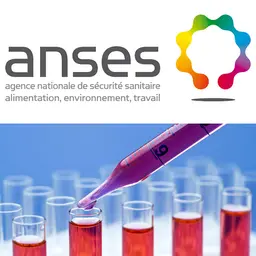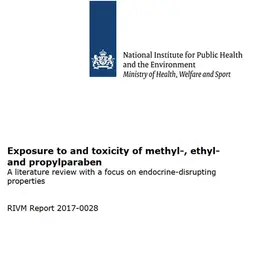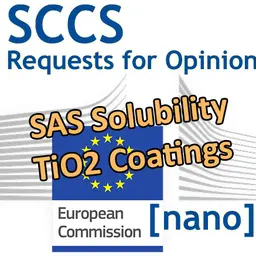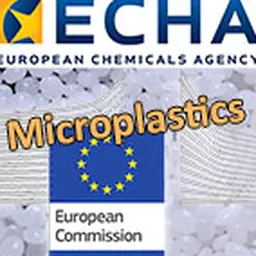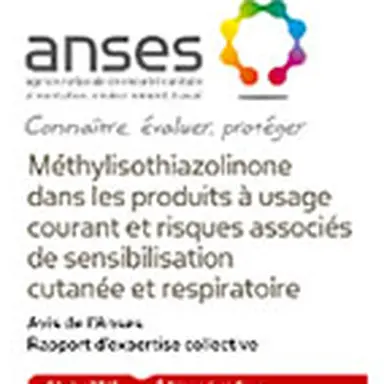
Following a report by ANSES (French Agency for Food, Environmental and Occupational Health & Safety) on the risks associated with Methylisothiazolinone in commonly used products, and an official request from Ségolène Royal (the French Minister of the Environment) to the European Union to speed up the measures against this preservative, MIT is now more than ever in the authorities’ sights. And it is not just about cosmetics.
Circumstances are definitely not favourable to Methylisothiazolinone. It was already pointed out by several official bodies (like the Danish Environment Protection Agency, once again recently ) for its strong allergenic potential, and targeted by the SCCS (European Scientific Committee on Consumer Safety), which pleads for it to be banned in leave-on cosmetics and for reducing its maximum authorized concentration in rinsed-off products. Now, an inculpatory document made public by the ANSES dated 18 February, 2016, focuses on it too.
The ANSES report
This collective expertise Report first reiterates the fact that ‘
methylisothiazolinone (MIT) is a substance used as a preservative in many aqueous-based commercial mixtures like detergents, paint, and varnish, but also in mixtures intended for professional use (cutting fluids, for example). It can also be found in leave-on and rinsed-off cosmetics
’.
Then, it reads that over the last three years, many publications have been highlighting an alarming increase in the number of cases of sensitization to this substance, both in France and Europe.
Given this context, ANSES studied the case on its own initiative by conducting a survey of branches and uses and drafting a bibliographical review of the scientific data available on this preservative. The objective …

